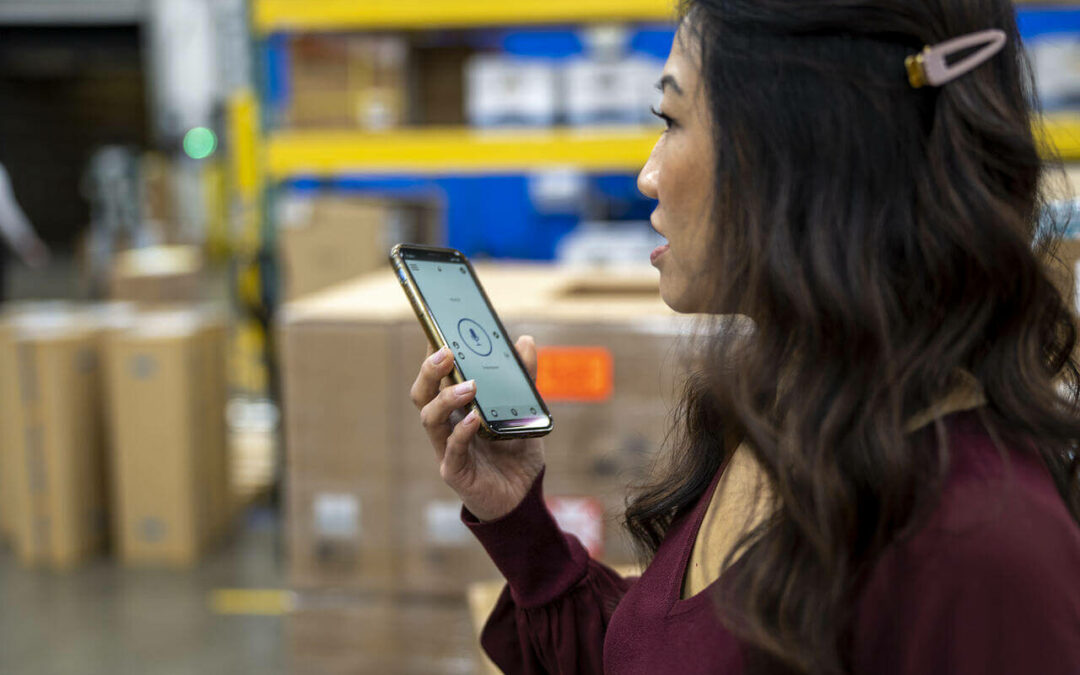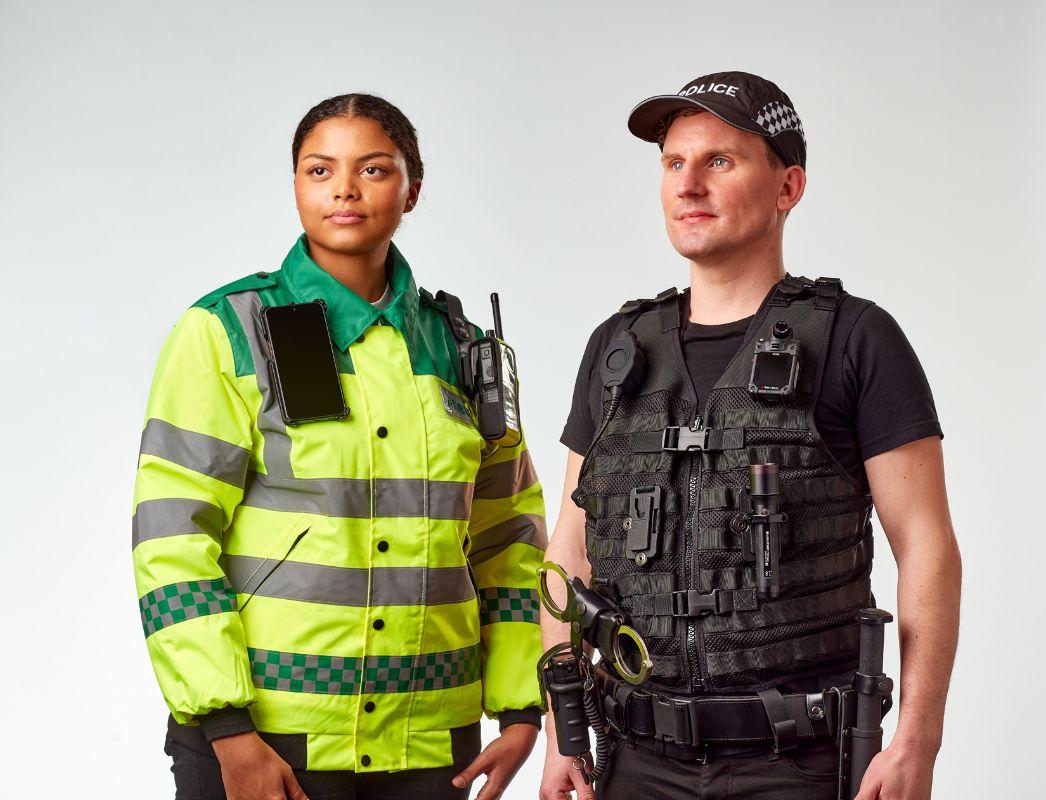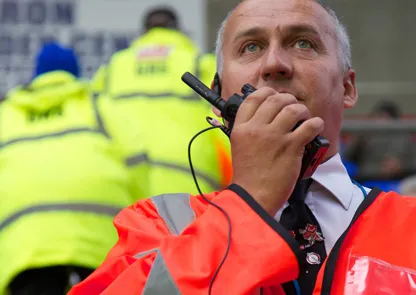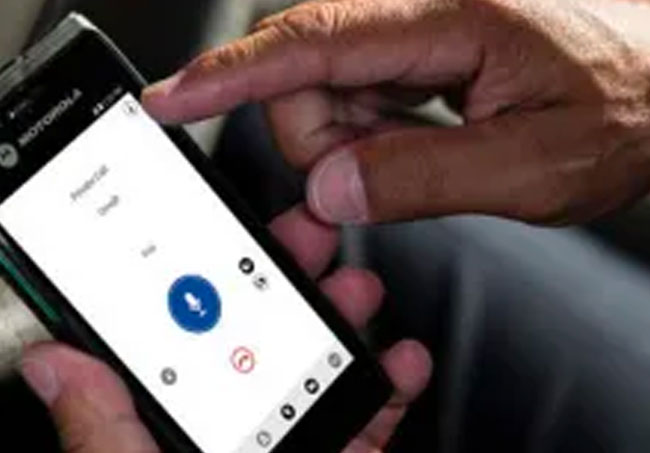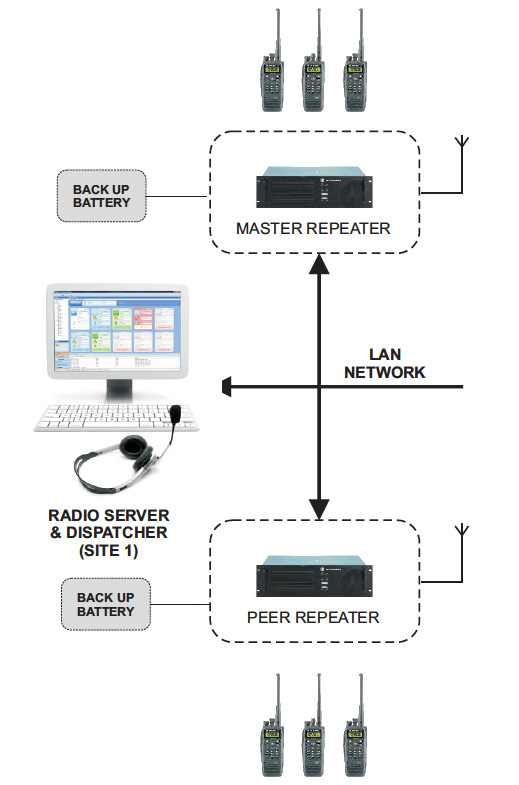
Background
The Napier University of Edinburgh has six different campuses, as well as being based in a buzzing cultural city of Scotland, seeing thousands of students and personnel on a day-to-day basis. This higher education institution welcomes over 17,000 students, including nearly 5,000 international students, who come from over 100 different countries. The central location of this establishment and the large amount of people it faces every single day raises the importance of keeping the premises safe. After all, without having an effective way to pass information between staff members, it will be hard to deliver help and assistance without knowing what exactly is happening on the premises.
In the past, the university has been utilising an analogue radio system, which was based at the main campus. This placement of radio equipment produced many weak/dead signal spots and caused issues when trying to reach and provide a clear transmission to the other campuses, creating a big disconnect of information between the buildings.
The negative aspects of the school’s old radio system have opened them up to the idea of upgrading their communication systems. Napier University needed a strong and seamless communication system, which would allow them to monitor all calls and allow for staff traceability. Another crucial step in the radio integration process was to ensure the causes and find fixes to the existing no-signal pockets, which hinder connection across the university grounds.
Provide a reliable multi-site radio solution to eliminate weak spots, protect staff and monitor all users throughout multiple sites.
The Communication and Security Challenge
To provide a clear and stable communication system across all of Edinburgh Napier University, the DCRS team had to first eliminate the challenges, which the school’s old analogue system was unable to overcome. One such challenging task was finding what caused the dead signal spots across the university, therefore DCRS team of engineers had to complete a few tests. This way they were able to find out that the poor signal pockets were caused by geographical and technological boundaries. This data allowed them to shortlist some two-way radio solutions, which also needed to provide clear audio quality, as well as other safety features built into both – the equipment’s hardware and software.
Edinburgh Napier University hosts over 17,000 students, including nearly 5,000 international students, from more than 100 nations worldwide. Having this many regular visitors on the educational site posed heightened safety risks and made organising life on campuses harder. Therefore it was important to make sure that the two-way radio solutions would make it easier for staff to manage any possible risks and exchange information, making the moves across the campus seamless and more secure.
The solution
Once the site testing has come to an end, with all the data gathered, DCRS found the perfect equipment to help the university deal with the communication challenges they have been facing for a while. The school has been provided with MOTOTRBO™ digital radio solutions with an integrated TRBOnet™ dispatcher computer monitoring solution. After installing the communication solutions across the campuses, our team members made it their priority to ensure every user knows how to utilise their new walkie-talkies efficiently and easily.
The new two-way radio solutions gave the university’s personnel the freedom of movement, as MOTOTRBO™ radios are lightweight and offer great mobility. Another important feature, which made everyone’s lives easier, was the prominent emergency button situated on the side of chosen radios. Once a user presses the emergency button it clears other channels, making sure to prioritise the transmission with the emergency message. The two-way radio equipment also helped all six campuses stay in touch by sharing letting them share any warnings or other relevant information, as now the dead signal spots have been fully eliminated.
By establishing strong and swift connections across all of the premises, the university improved the safety of its students and staff. Providing a fast response to urgent assistance requests and warnings to any anti-social behaviour inside and outside the surrounding areas of the school.
Strong communication solutions for higher education establishments
Higher education sites, such as universities, are often home to a large number of students and staff, with are often moving to and from many different campus buildings. This creates a greater need for steady and reliable communication, to improve the swiftness of information exchange and ensure the safety of everyone on the premises.
Two-way radio equipment is perfect to establish high-quality transmission between different school buildings, keeping the staff connected, yet mobile. DCRS recommends such walkie-talkie equipment as MOTOROLA DP4400e, because of its durability and longevity, making it a future-proof radio solution. It also offers such impressive features as a long-life battery lasting up to 28 hours and a prominent emergency button, which makes the SOS signals prioritised in used channels.
To find out more about radio equipment and its features relevant to higher education sites, feel free to enquire or call the DCRS team today. We will help you find the perfect solution for your communication challenge!







